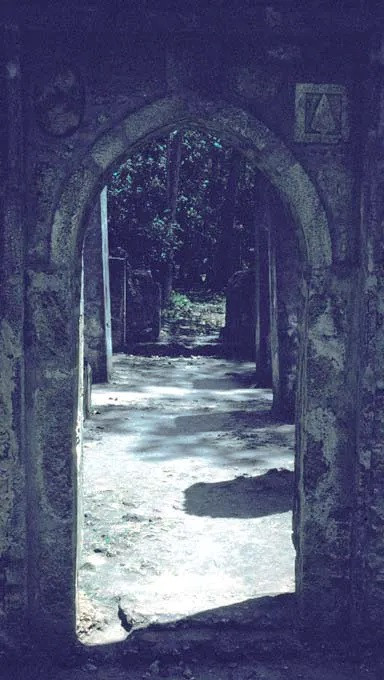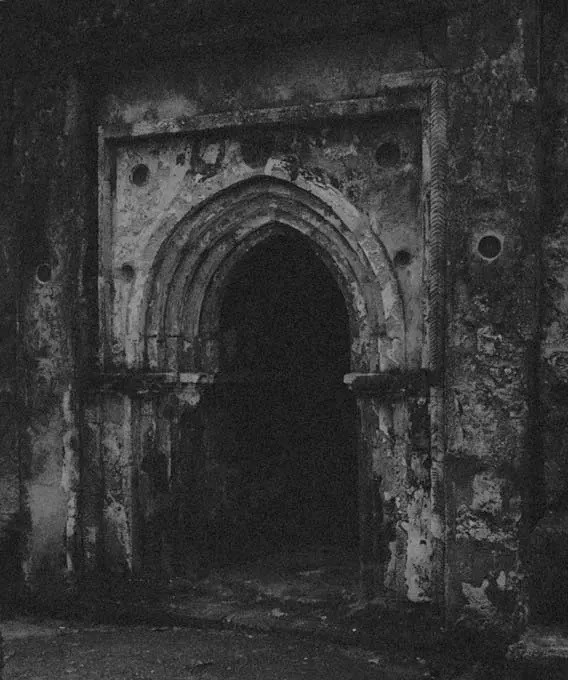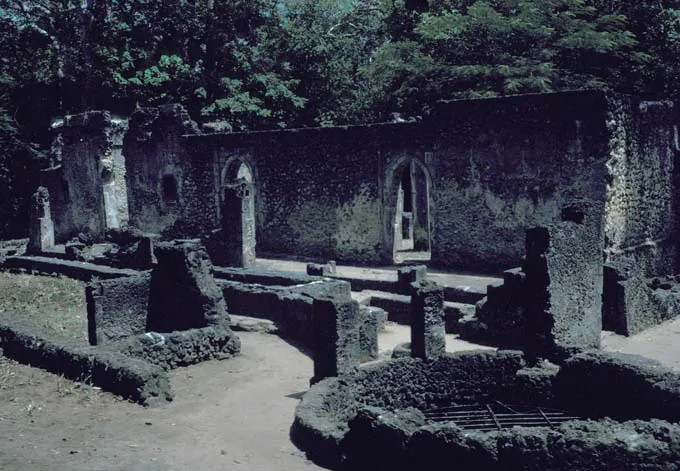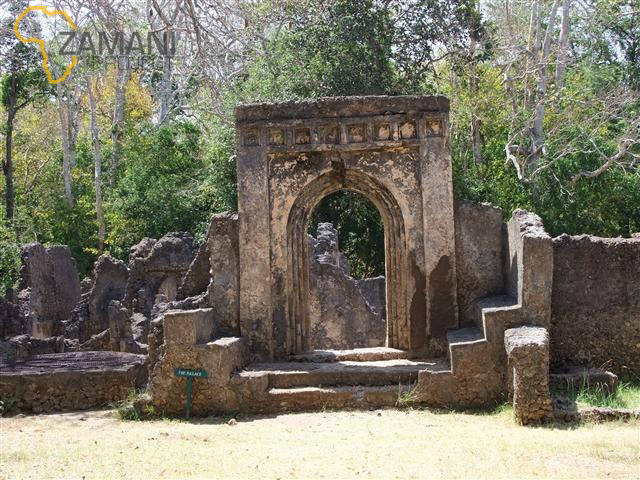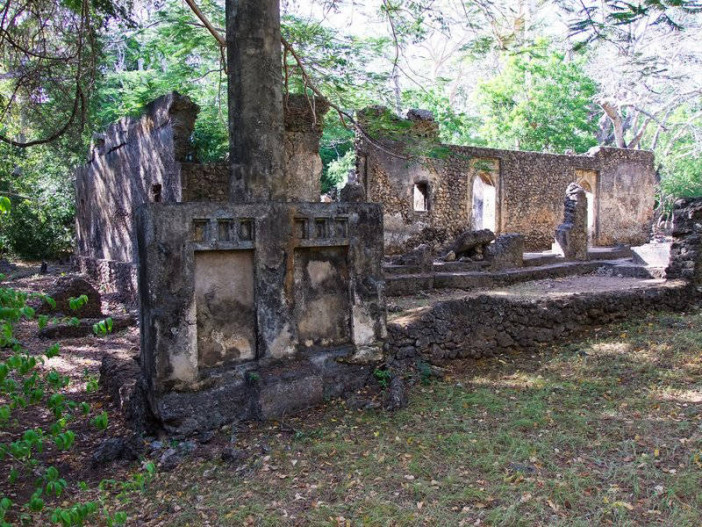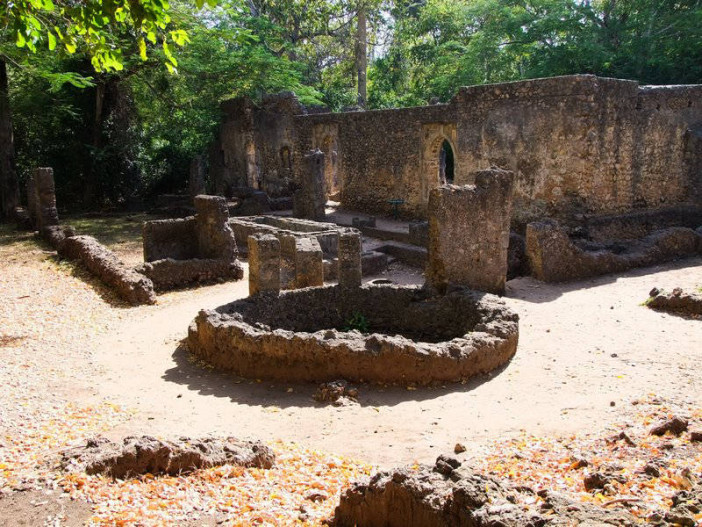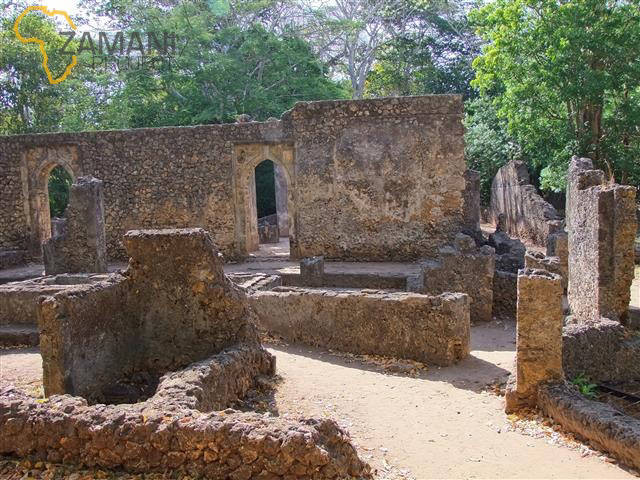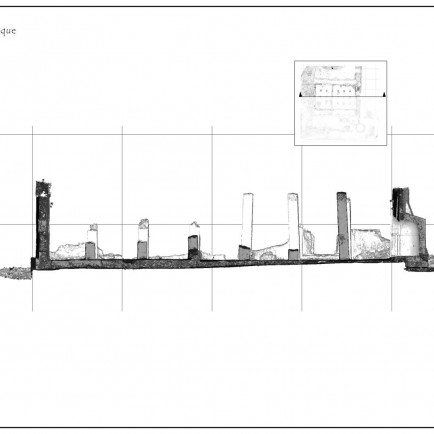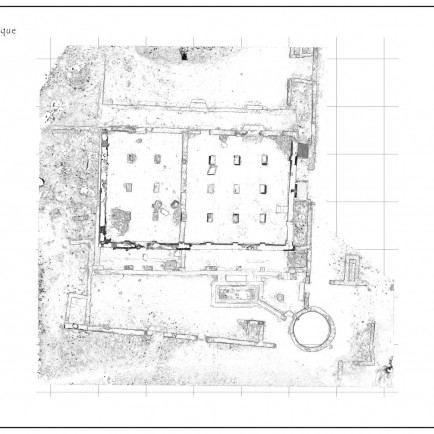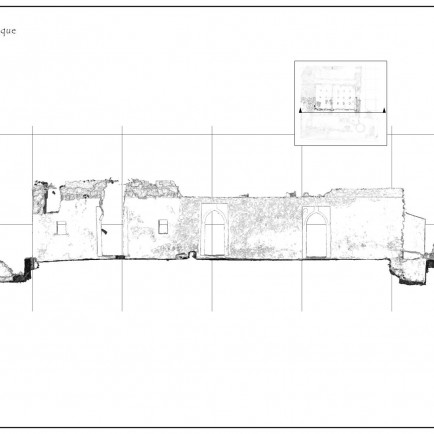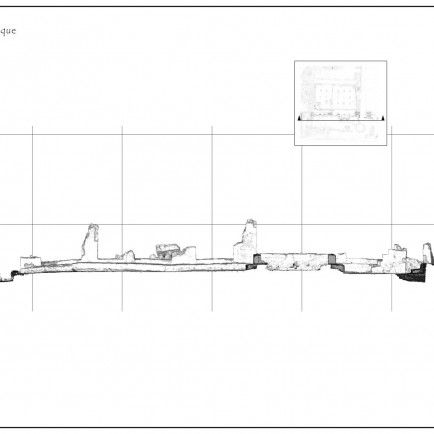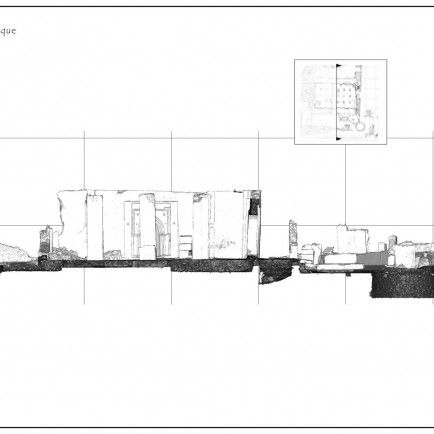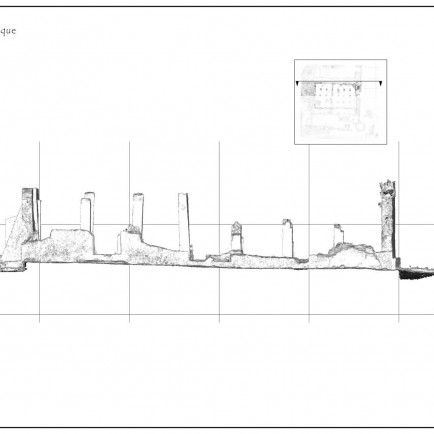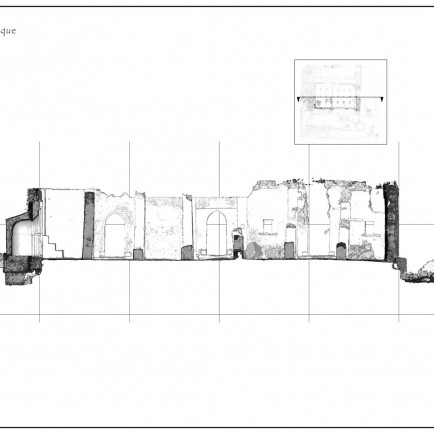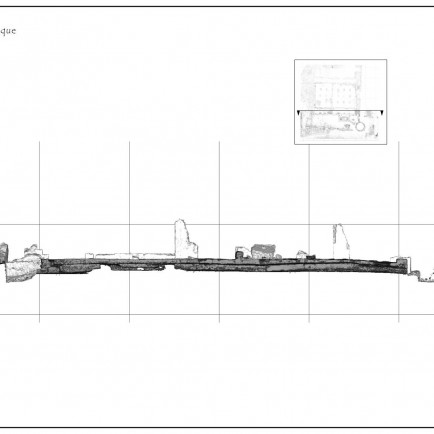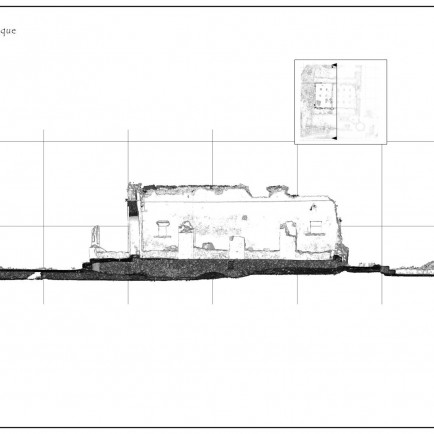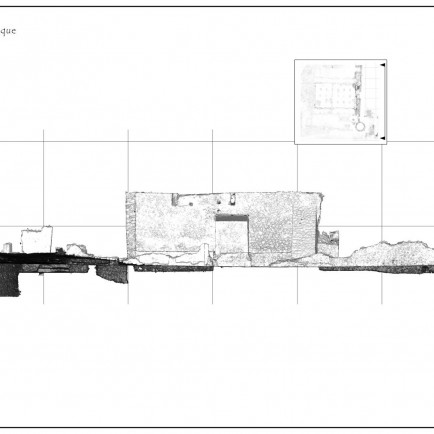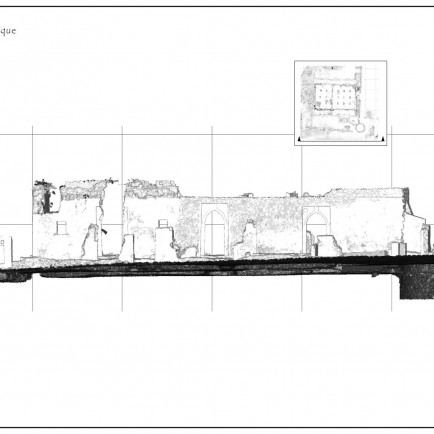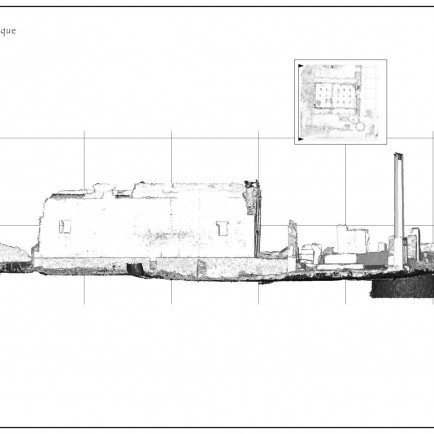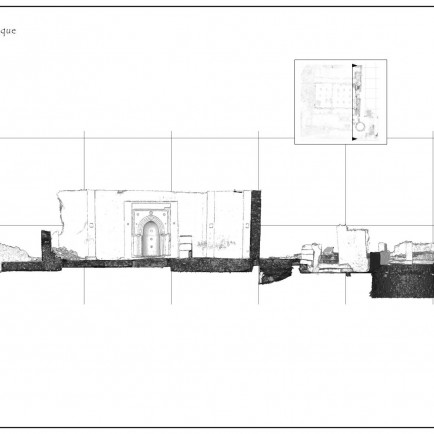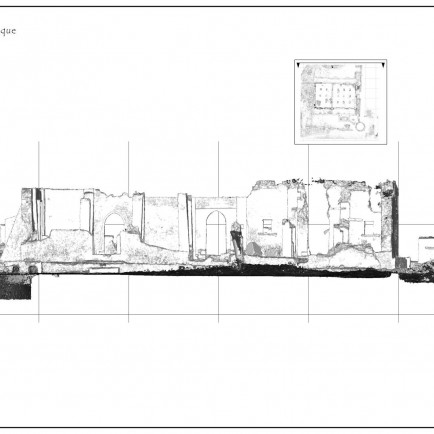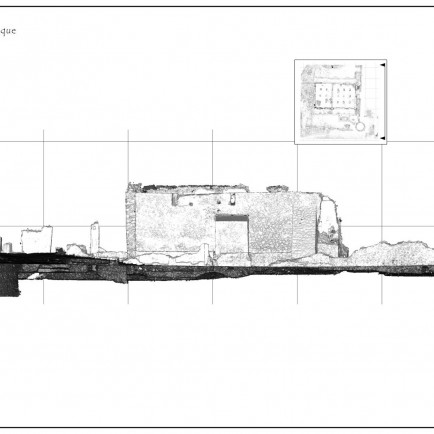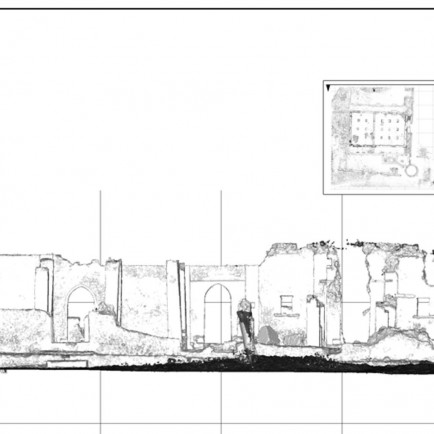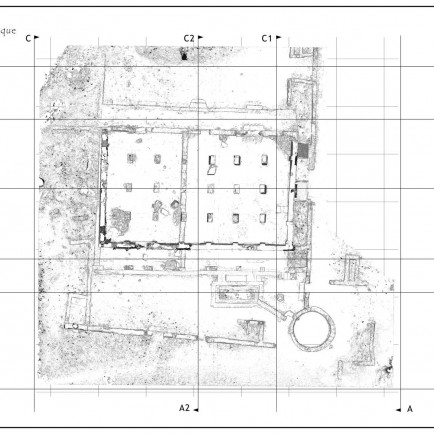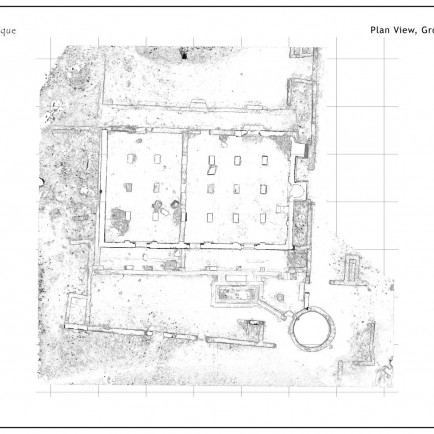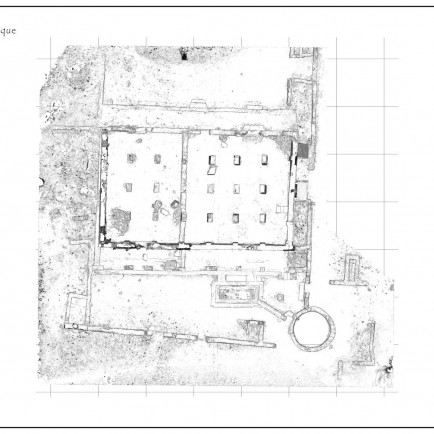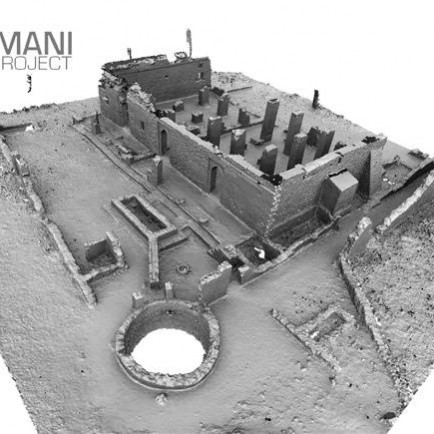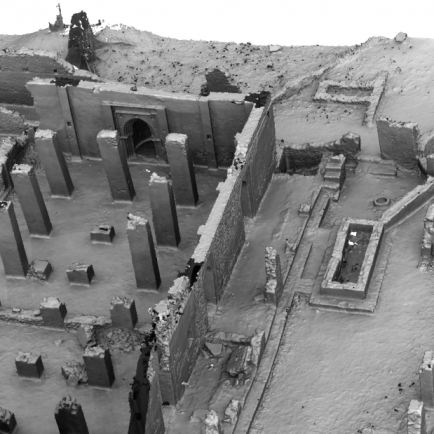Great Mosque of Gedi
History
A well-preserved East African mosque can be seen among the ruins of the town from the fourteenth century in Gedi, Kenya. The earliest mosque structure was built around 1450, while the subsequent alterations occurred around 1500 and 1550, according to archaeological finds. Only fragments of the lower portion of the original mosque's wall and portions of the fine-grained coral used to build the mihrab survive today, while it's conceivable that more original material made up the mihrab as it is today. While the second and third mosques feature gravel over the ground to give the floor a more cobbeled look, the first mosque's floor was just plaster put over the underlying red earth.
Urban and Architectural
The Great Mosque is a typical congregational mosque from East Africa, with a rectangular shape, entrances on its long sides, and a mihrab on a short side hidden by a row of columns. Along with the Palace, this private mosque was located in the northwest part of the town of Gedi. The only things left from the ancient mosque are fragments of the wall that once surrounded the mihrab's lower portion and chunks of the coral used for the mihrab.
Description
The mihrab is an example of a traditional early coastal mihrab. Its frontage was contained within a frame that was three bands thick and rectangular. Although some of this adornment was later plastered over, the bands of this frame, or architrave, were made of sea coral that had been cut in a herringbone cable pattern. Five sequentially recessed square orders form the many flat capitals on top of which the pointed arch inside is placed. The mihrab's semi-circular apse is six feet deep. Except for the small porcelain bowls inlaid into it, this apse is plainly decorated. The arch is surrounded by five further blue and white porcelain bowls, and the two bowls on either side of the mihrab in the pilasters are flanked by two more.
References
https://zamaniproject.org/site-kenya-gede-ruins.html#header7-h9
https://www.archnet.org/sites/3785
https://www.islamicarchitecturalheritage.com/listings/great-mosque-at-gedi
Details
Location
Gedi, Kenya
Worshippers
125
Year of Build
1450
Area
250
Drawings
Map
History
A well-preserved East African mosque can be seen among the ruins of the town from the fourteenth century in Gedi, Kenya. The earliest mosque structure was built around 1450, while the subsequent alterations occurred around 1500 and 1550, according to archaeological finds. Only fragments of the lower portion of the original mosque's wall and portions of the fine-grained coral used to build the mihrab survive today, while it's conceivable that more original material made up the mihrab as it is today. While the second and third mosques feature gravel over the ground to give the floor a more cobbeled look, the first mosque's floor was just plaster put over the underlying red earth.
Urban and Architectural
The Great Mosque is a typical congregational mosque from East Africa, with a rectangular shape, entrances on its long sides, and a mihrab on a short side hidden by a row of columns. Along with the Palace, this private mosque was located in the northwest part of the town of Gedi. The only things left from the ancient mosque are fragments of the wall that once surrounded the mihrab's lower portion and chunks of the coral used for the mihrab.
Description
The mihrab is an example of a traditional early coastal mihrab. Its frontage was contained within a frame that was three bands thick and rectangular. Although some of this adornment was later plastered over, the bands of this frame, or architrave, were made of sea coral that had been cut in a herringbone cable pattern. Five sequentially recessed square orders form the many flat capitals on top of which the pointed arch inside is placed. The mihrab's semi-circular apse is six feet deep. Except for the small porcelain bowls inlaid into it, this apse is plainly decorated. The arch is surrounded by five further blue and white porcelain bowls, and the two bowls on either side of the mihrab in the pilasters are flanked by two more.


